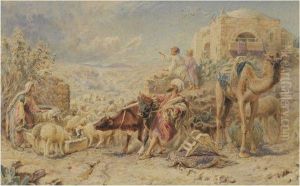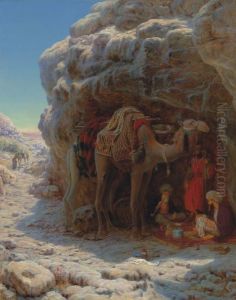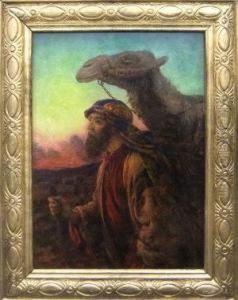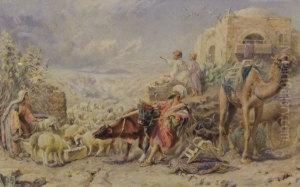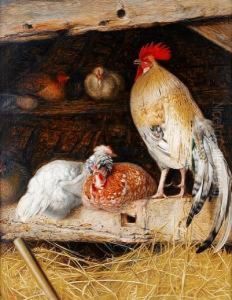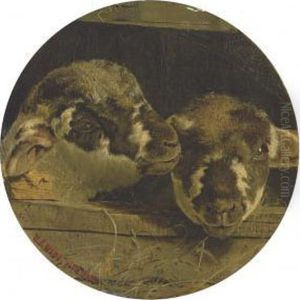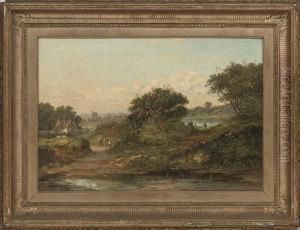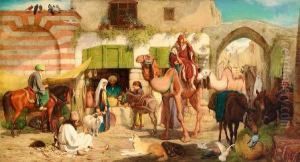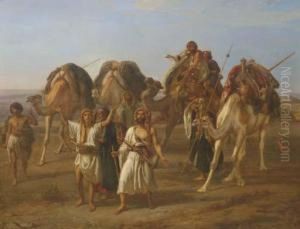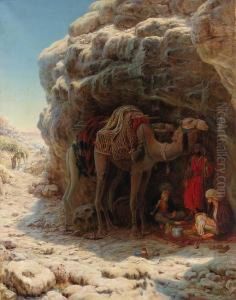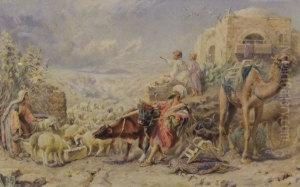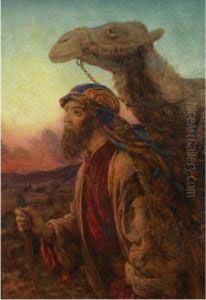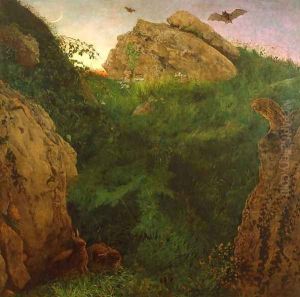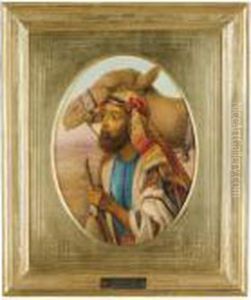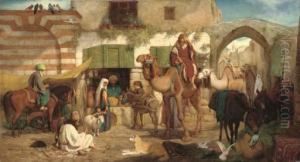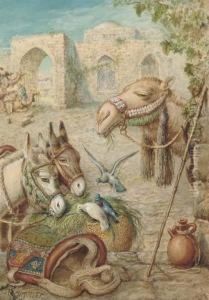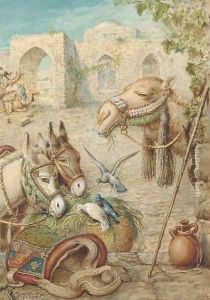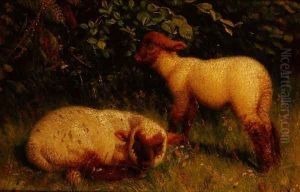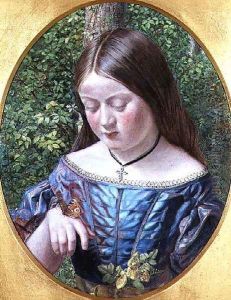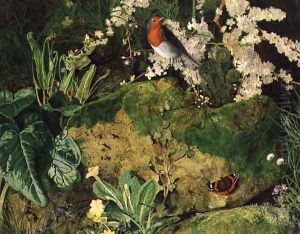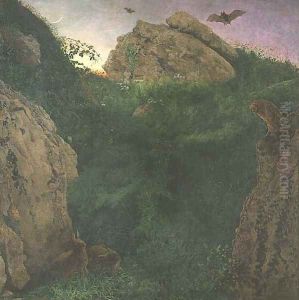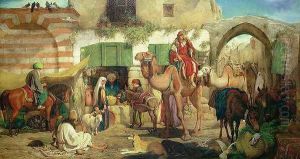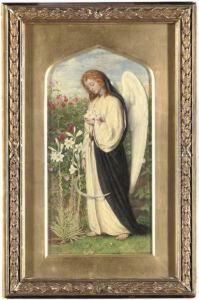William J. Webbe or Webb Paintings
William J. Webbe, who is also sometimes referred to as William Webb, was a Victorian artist known for his detailed animal and genre paintings, particularly those featuring birds. Little is known about his life, and his birth and death dates are not documented; he is known to have been active between 1853 and 1878, which is inferred from the dates of his exhibited works.
Webbe was known for his meticulous approach to painting, with a focus on realism and the natural world. His works often contained a moralizing element or a narrative, which was a common feature in Victorian art. He was especially adept at depicting birds with a level of detail that suggested a study of ornithology and a deep appreciation for nature's intricacies.
One of his most famous works is 'The White Owl,' titled 'Alone and warming his five wits, The white owl in the belfry sits,' exhibited in 1856 at the Royal Academy. This painting is often considered his masterpiece and is notable for the owl's lifelike appearance and the atmospheric portrayal of its surroundings. The intricate feather work and the use of lighting demonstrate Webbe's skill and his ability to capture the essence of his subject.
Despite the quality of his work, William J. Webbe remains a relatively obscure figure in art history. His paintings, however, are appreciated by collectors and can be found in various private collections and occasionally in museums or at auctions. Due to the limited information on his life, much of Webbe's biography remains a mystery, and he is often appreciated more for his artistic contributions than for the narrative of his life.
